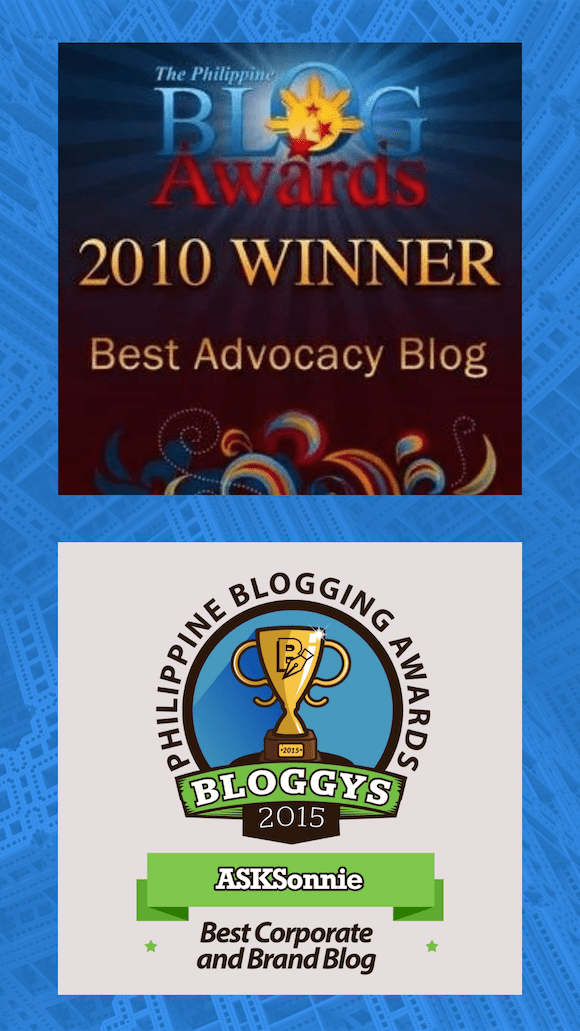If you are looking for articles related to school bullying, please go to “Protecting Filipino children from bullying”.
And for online bullying, please go to “Practical, technical and legal ways to stop cyberbullying”.
Can ILO C190 put to stop workplace harassment?
ILO C190 is meant to push for a workplace free from harassment and violence. If ratified by governments around the world, said countries will have to legislate laws to operationalize the framework adopted on June 21, 2019.
The Philippine government has yet to ratify this but has taken steps to identify the gaps in our laws but news reports also indicated that a technical working group has been formed.
Is workplace harassment the same as office bullying?
Workplace harassment or office bullying is being used interchangeably and can mean the same thing in the Philippines. But in other countries, their law uses bullying for minors and harassment for adults.
Office bullying is similar to school bullying in the sense that the aggressor imposes its power towards its victim, but that’s where the similarity ends.
Workplace harassment is more classy because the objective is defined before the aggression starts. The aggression, though obviously felt by the victim, onlookers view this as part of corporate adulting in a competitive environment.
Likewise, workplace harassment is no office politics, though in some cases, an element of bullying is present when an employee is politicking.
Bullying or harassment is also considered a “normal” work hazard, thus, contributing to a not mental health friendly culture.
Elements of workplace harassment
- Use of power
Power is derived both from formal and informal sources. Position titles are the formal source while the clout or influence of some employees w/o formal leadership position is an informal source. - Intention is to control
The use of power is meant to control you, and lead you towards their objective (i.e. conform to their wishes, which are not all work-related). But hold your horses, before you accuse your boss of bullying, they are given the power to control your behavior to ensure office decorum and productivity, haha. - Have a strong personal dislike to the victim
Personal dislike is different from dislike to behavior that slows down productivity or intrudes on employees’ safe space. The former can lead to bullying, the latter won’t. - Personal attacks
If your age, disability (if any), religion, race, appearance, or gender orientation is the subject of assault, we may have a legal case involving discrimination - With specific objective
Unlike traditional bullying where intentions are random, workplace bullying has pre-defined objectives. Some of which are
– to get ahead of you
– to get rid of you
– to pass the blame on you
– to get you to kiss their ass
Who are the likely instigators of workplace bullying
- The bosses
Bosses are the usual suspects of workplace bullying because organically, they have the 1st 2 elements (1) power and (2) control. But the actions of the boss cannot be considered bullying if it is meant to correct a value negating behavior. Other than the above, yes, bosses can be bullies, but they are creative 🙂 The likely victims? Subordinates, their own boss, or fellow managers/supervisors - Direct reports
Subordinates are bullies too and are equally creative as the boss. Bosses are prone to bullying if they are newly hired or promoted, or a take-over manager/supervisor. Their likely victim? Their boss - Tenured employees (or the most senior)
Employees who are tenured are likely to hold influence over the rest. Tenured employees are also resistant to change, plus they have the illusion that they’re untouchables- either because they have access to top management or they hold this belief that terminating them is expensive given their tenure
Their likely victims? Bosses and newly hired or transferred employees. - Any employee
Any employee can bully another. This normally happen when one employee considers the other as a threat or competition to salary increase or promotion. Their likely victim? You
What are the “likely” acts of a workplace harasser
Emphasis on the word “likely”. Unless motives are established and the aggression is substantiated, coming out to the open to complain to them will just make you a cry baby.
- Verbal abuse
- Cyber bullying– you are mocked or made fun both in open and dark social
- Peters’ Principle- bosses can promote you to a level of incompetence
- Sabotage- a group can conspire or an employee can do acts that will cause you to fail or look bad
- Unfavorable assignment- this can mean being assigned often on the graveyard shift, branch transfer that is far from your residence (please remember that management has the prerogative to do this, and can be done legally)
- Sexual harassment
- Threats and Blackmail
- Indirect insubordination- it’s like you’re tasked to head the Christmas party committee and when you called for a meeting, no one attended
- Taking advantage of the newly hired, transfers or interns/OJTs
- Cancel- a group effort to make another employee (bosses or colleagues) feel s/he is not welcome or not part of the group.
- Any form of discrimination
How to handle workplace bullying
If you’re at the receiving end of bullying, I am recommending a 2-step approach:
- stay calm
Since office bullies are classy, you need to be classy too, in your response. At the onset of aggression, UNLESS crime has been committed or obvious physical and emotional harm was inflicted, you have to take a step back and check the terrain - call-out or head-on
By taking a step back, it does not mean you’ll just take all the blow. You need to hold your fire, until you have done these 8 things.
8 things to do before you call out or head-on with the office bully
- Always keep an audit trail
An audit trail is proof that you endorsed or you received something that is work-related. This will protect you from set-up and sabotage if the aggressor wants to pin you for incompetence or negligence - Keep a copy or screenshots of exchanges (email, SMS, social media)
These can establish a history of aggression and motive. - Perform your job well
The bullies will take a back seat and re-strategize if you are doing your job exceptionally well - Do not be late
If you are consistently tardy, you are giving them extra ammunition to take you down - Do not abuse your privileges
This is especially true if you hold a position. Abuse is a valid issue of direct reports against their bosses. - Do not react
The bully’s action is meant for you to react, and they are anticipating it. If not careful, you’ll do or say stupid things that will just weaponize your aggressor - Know your company policies
In this way, you can objectively build a case against your aggressor. Please note though that items 1-6 can make or break your case - Familiarize yourself with the law
Though the ILO C190 treaty is yet to be ratified by the PH government, you can refer to, and use these laws:
- Article 300 of the labor code- this can be invoked if you received serious insult from boss bullies
- RA 7877: the anti-sexual harassment law
- Article 135-138 of the labor code, RA 6725 and 9710: a law against discrimination against women in the workplace
- RA 10911: discrimination on account of age
- RA 10175: for cyber-related harassment
- RA 11313: Safe Spaces Act
- RA 7277: discrimination against persons with disability
- RA 8972: discrimination against solo parents
- RA 8371: discrimination against indigenous people
- RA 11036: discrimination associated with mental health conditions
- RA 11166: discrimination against HIV positive
- RA 9995: anti-photo and voyeurism act
- *RA 11494: discrimination against suspected or probable cases or infected with COVID-19
- *RA 11525: discrimination against the unvaxed (COVID-19 vaccine)
- *DOLE DO 73-05: discrimination against employees with tuberculosis
- *DOLE DO 05-10: discrimination against employees with hepatitis b
- *DOLE DO 53-03: discrimination against 1st time positive of substance abuse in the workplace
*added by Atty. Pol Sangalang
After you have done due diligence and substantiated (evidence validated) your complaint against a workplace bully, you are now ready to call out or head-on :
- Give the office bully a dose of his own medicine.
- Present your case to HR and your immediate head (or the boss of your boss in case your boss is the bully)
If you’re part of HR, let me share what I did.
- Find the thin line separating bullying from a normal competitive behavior.
- In your code of conduct, define what constitutes harassment or bullying, and align the same to existing laws on discrimination, harassment, cybercrime, and bullying.
- Instill a culture of safe space and respect
- Regularly run a core values integration program.
- Ensure that performance evaluations are inclusive and objective
- Train line and middle managers on positive discipline, coaching, and handling difficult conversations.
- Have a feedbacking mechanism like induction, to detect early signs of bullying.
- Have a coffee session with likely bullies, on dealing with their issues thru open communication
Have you experienced workplace harassment? How did you face the problem and the bully? What can still be done to prevent office harassment and discrimination? Join the conversation and speak your mind.







[…] What is Workplace Bullying and How To Deal With It […]
Hi what to do if the bullying is instigated by HR Manager? The HR manager is close to other employees, and they are singling out one employee.
what do you mean? pinag tsismisan nila si one employee?
Yes, like the hr manager made a group chat and did not include her. Purposely excluding her from conversation. Making parinig about her “attitude” with other employees. Gave her a nickname or code name
Another option would be is (if the company has a grievance mechanism) to lodge a complaint there
your friend can file a complaint (with evidence) to the boss of the hr manager
Thanks!